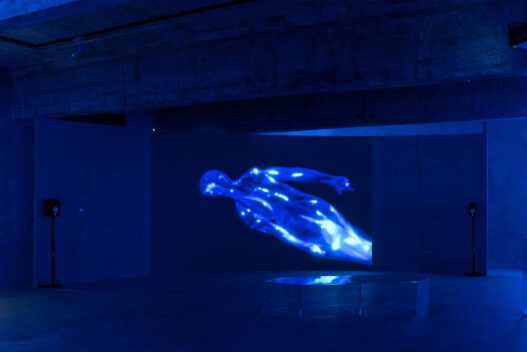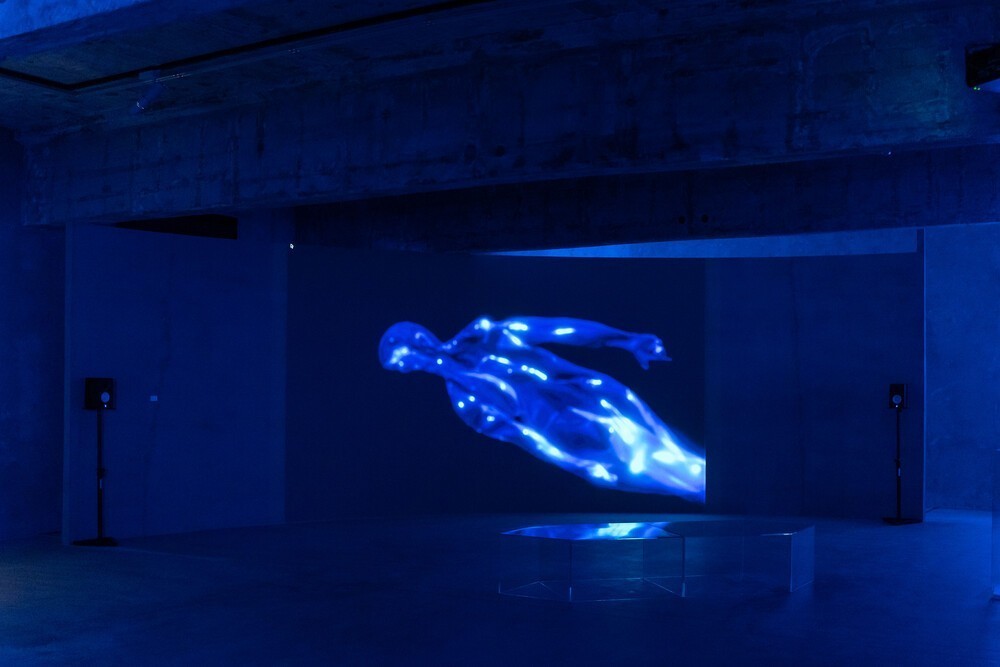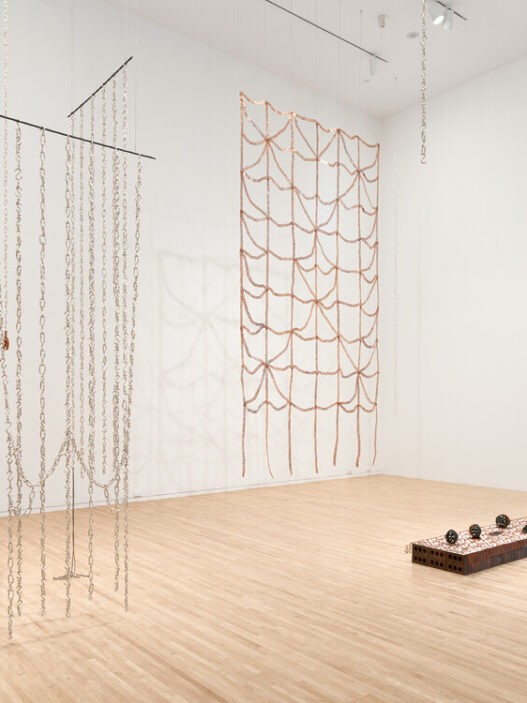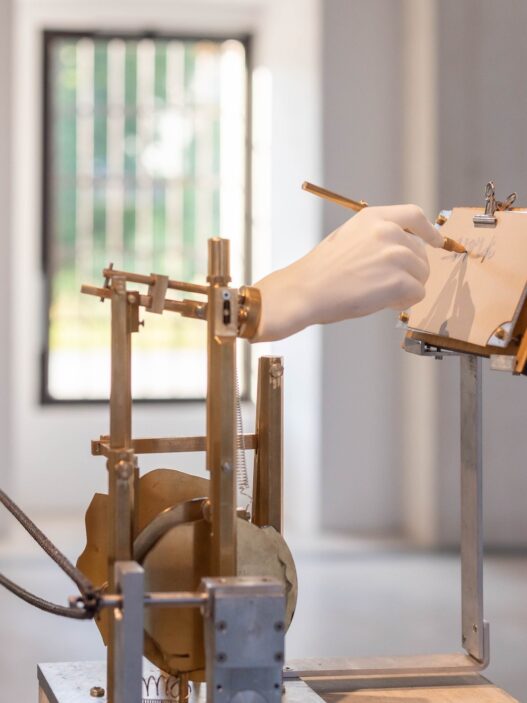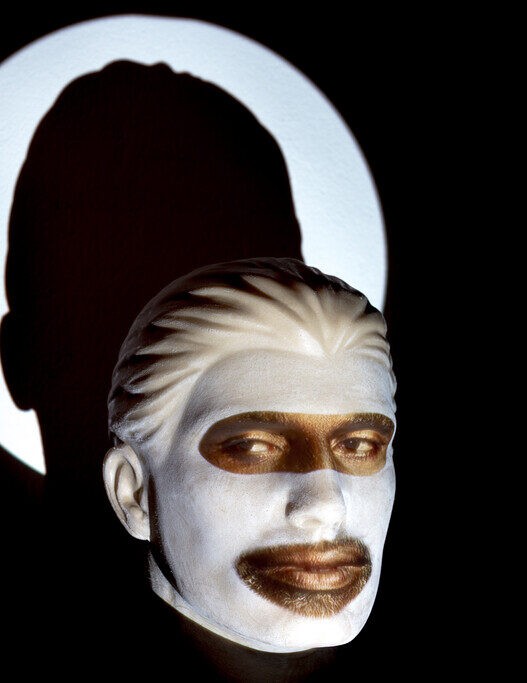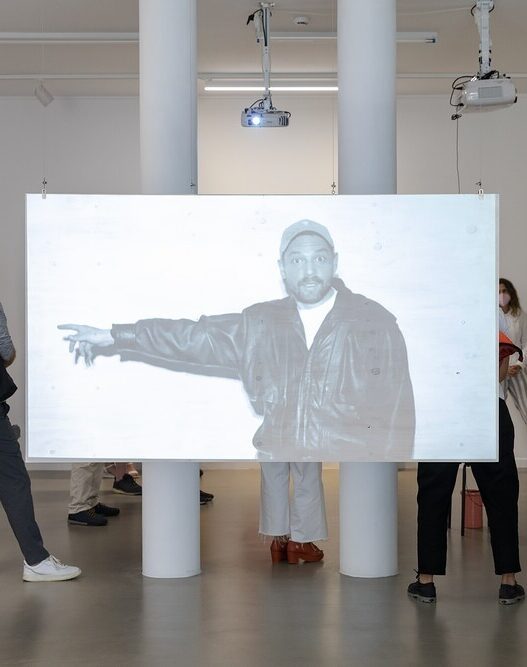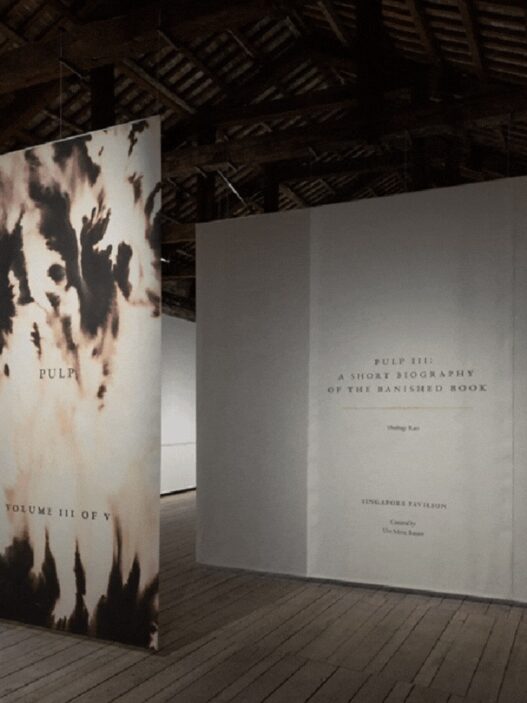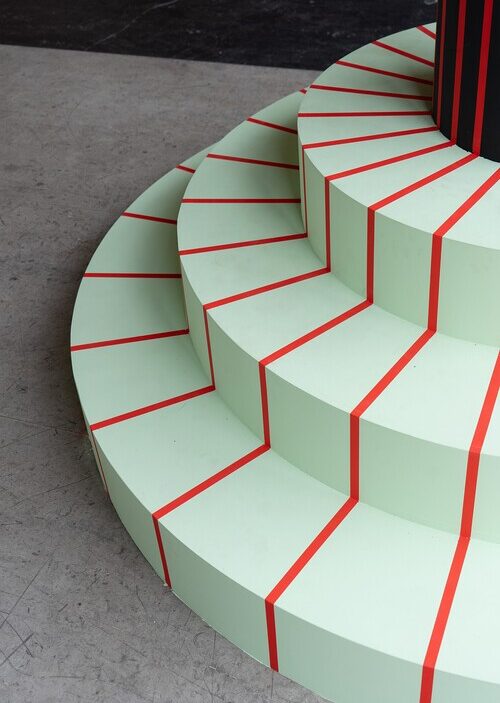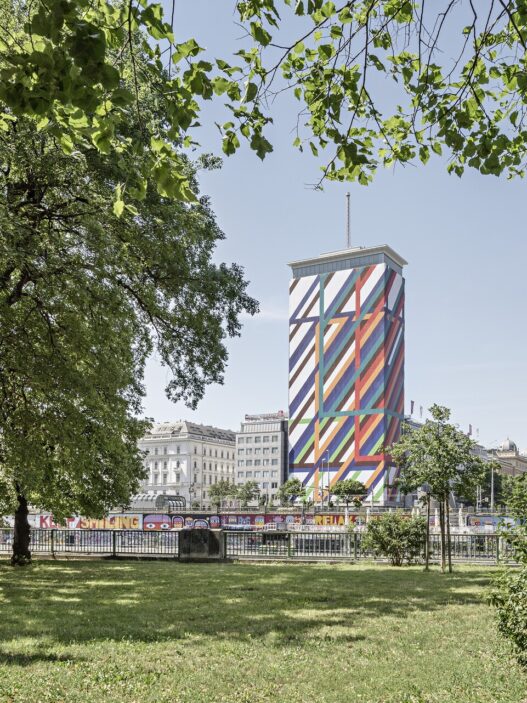July 3–September 18, 2022
Yang Zi, an independent curator, is happy to present Zhou Yan: Lazurus, a solo exhibition at the Click Ten Art Space. The show will be on display from July 3 to September 18, 2022. The artist will display his most recent works in this exhibition, which will include paintings, multimedia installations, and video. The exhibition is centered on an abandoned garden that previously served as Gong Zizhen’s (1792–1841) residence during his five-year stay in Beijing during the Qing dynasty. The previous home of this passionate poet who cherished his nation and people was given to the people of New China as housing after its founding. Residents in these confined areas have recently been displaced as a result of urban growth and construction. What will this space be turned into is still unknown.
In the show, Zhou Yan makes an effort to recreate several signs of life that were discovered in Gong Zizhen’s former home. As a starting point for this approach, the artist references Gong’s poetry, which focus more on the underclass and those who are unable to reflect or escape the weight of life. The film begins with a renter showing his tenant the apartment before telling a fake tale of a love triangle. A journalist covering the earthquake is the tenant. After arriving in Beijing, he unintentionally fell in love with a woman residing in the complex that had once been Gong Zizhen’s home. The plot is developed through five chapters of silent narration by several persons. The modeling program for video games was used to replicate the scenes in the video from the prior home. With eyes that can only discern between black, white, and blue, the first-person perspective in the video is that of a transparent ghost, traveling in the virtual realm that once existed in the real world and in history and observing the creation and devastation of this home. The ghost in the gallery will be played by a member of the audience. As the audience moves through the room, the sensors are touched by the sculptures, which then emit blue light. The sculptures are small, made of diverse materials, and are either hanging or distributed throughout the room.
To illustrate the condition of humans who are constantly constrained by law and order, Zhou Yan uses Agamben’s concept of “Homo Sacer.” They are unable to see this outside cocoon with their senses, but they may have a mild sense of suffocation, which is common in social situations, contagious in interpersonal interactions, and condenses into emotional knots and depressing moods.
The former residence of Gong Zizhen has been reshaped by the constant changes of history, and now only the wasteland and ruins are left behind. The intricate relationships of the dwellers, the love-hate relationships like the floating dust, and the stories that took place in the courtyard still touch the heart of the artist. As Zhou described, “I am fascinated by these stories as if they have all happened around me in one way or another.”
No.31a Wanhongli, South Gate
798 Art Zone
Chaoyang District, Beijing
untitled.org.cn
mp.weixin.qq.com









